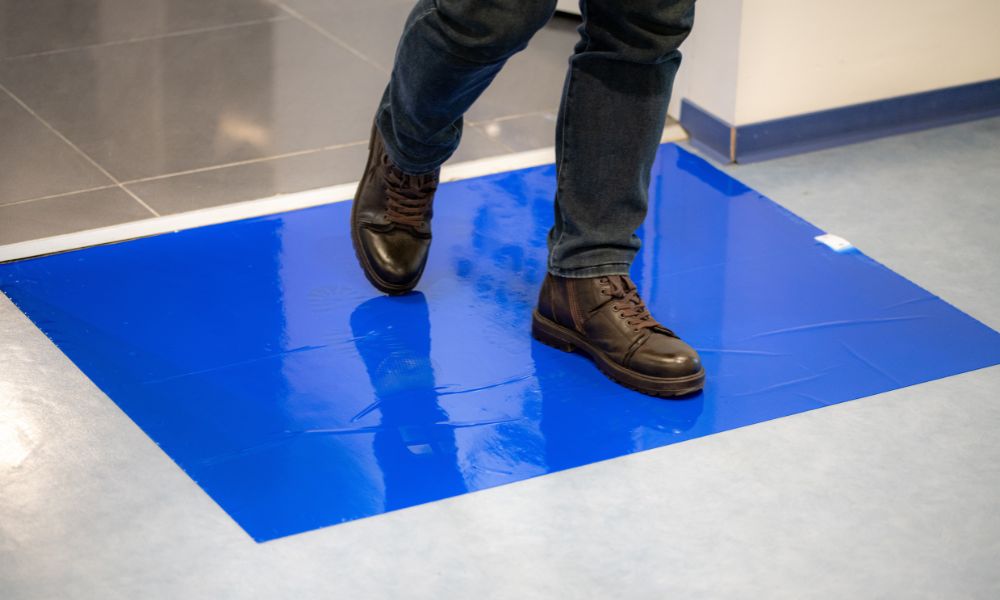Where You Should Place Floor Mats in Your Hospital

Hospital workers are constantly moving around the facility to tend to patients. Their busy schedules often require them to move fast, so their safety may become compromised if they slide around a corner or trip on a threshold. Floor mats may seem like insignificant additions, but they can positively impact the safety of a medical facility. Learn where you should place floor mats in your hospital to keep everyone comfortable and safe on their feet.
1) Hospital Entrance
Entrances are ideal areas for mat placement. Imagine the number of people coming in and out of the hospital each day. Doctors, patients, and visitors track in dirt, moisture, and germs from outside. A floor mat at the entrance traps this debris and keeps floors dry. This small change is a big step toward ensuring everyone’s safety in your hospital.
2) Hallways and Corridors
Hallways are the main conduits for the movement of medical staff and patients. The constant flurry of activity makes these areas prone to accidents, but floor mats can make these high-traffic areas safer.
Mats provide padding that alleviates joint pain for employees and absorbs spills to reduce slippage. If you care about patient safety, you won’t risk it by neglecting the importance of floor mats in the hospital’s corridors.
3) Patient Rooms
Patient safety and cleanliness in hospitals are paramount; placing floor mats in patient rooms can help you achieve this goal. They reduce the spread of bacteria by catching debris floating around the room.
Furthermore, they provide traction and stability in an environment where patients and medical staff constantly move, decreasing the occurrence of slips and falls. The role of floor mats extends beyond cleanliness and enters the realm of patient safety.
4) Surgical Suites
Floor mats also alleviate fatigue among surgeons and medical staff in surgical suites who stand for long hours during operations. The mats provide cushioning to reduce strain on the legs and back, allowing them to focus on the procedure. They may also aid in dampening ambient noise and creating a calm zone for surgery.
5) Cafeteria and Kitchen
Food debris and beverage spills are common in cafeterias and kitchens, but they pose safety risks. Place mats at various spots throughout the cafeteria, such as at the entrance, under trash cans, and around the food-serving stations. The floor mat variety should be anti-fatigue, non-slip, and simple to clean.
Knowing where to place floor mats in a hospital will help you create a safe and accident-free hospital environment. Placing rubber non-slip mats at strategic locations in your medical facility can protect hospital staff, visitors, and patients.
Get the best floor mats for your workplace at Mats Inc! Our selection of top-notch products will help you and your team stand tall and comfortable for multiple hours a day.


